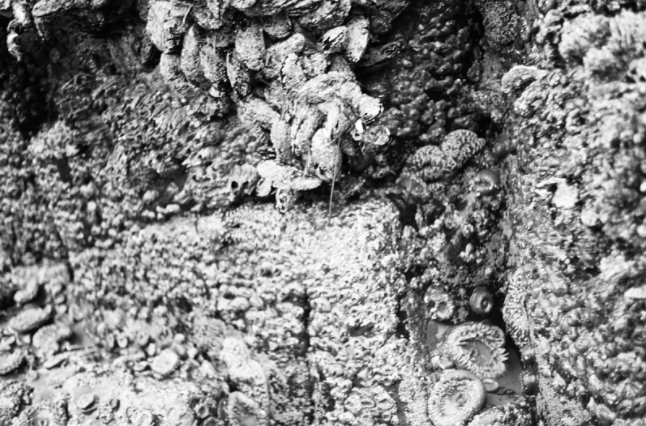Resources > News
Student Essay Explores Kelp and Climate


Last November, our CoastWatch program sponsored a talk by Steve Rumrill of the Oregon Department of Fish and Wildlife (ODFW), who discussed the importance of protecting rocky coastal habitats in light of the decline of species such as kelp, abalone, and sea stars. His talk was entitled “Calamity in the Kelp: Recent Disruption of Ecological Dynamics in Oregon’s Bull Kelp Habitats.”
We are in the process of building stronger links between CoastWatch and schools, so we were delighted to learn that this talk inspired a high school student to do some serious reflection and capture her thoughts in an essay. Teacher Molly Sultany, who chairs the science department at Portland’s Northwest Academy (and also happens to be a CoastWatcher), seeks to connect high school students with opportunities to learn more about local conservation issues. As she notes, “Although our school is based in downtown Portland, our students feel a strong connection with marine ecosystems through their coursework in biology and chemistry.”
One of her students, Ingrid Lam, attended Rumrill’s presentation, with the goal of writing a summary/reflection piece to share her thoughts about climate change and the role of youth in marine conservation initiatives. Ingrid’s piece was accompanied by her compelling black-and-white photographs of marine invertebrates from tidepools at Indian Beach in Clatsop County.
Ingrid Lam is a senior at Northwest Academy. Her interests include printmaking, playing music, and petting her cat, Jimmy. She aspires to attend medical school and research psoriasis and other persistent skin conditions as a dermatologist. Through this paper, she hopes to increase knowledge of the immediate effects of climate change and its direct impact on coastal ecosystems.
